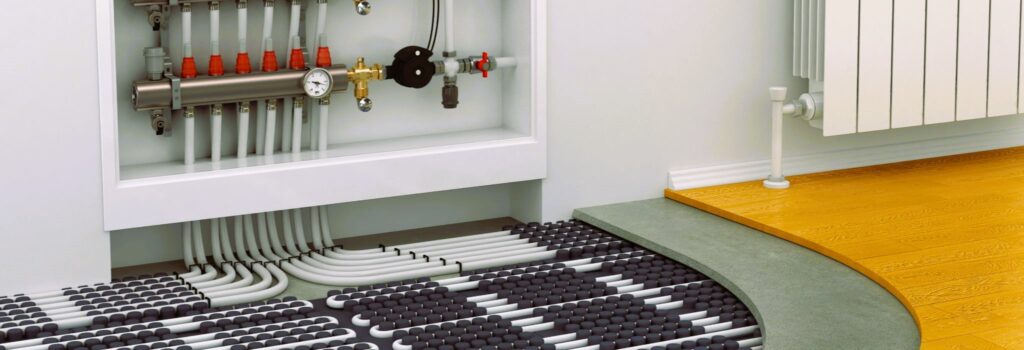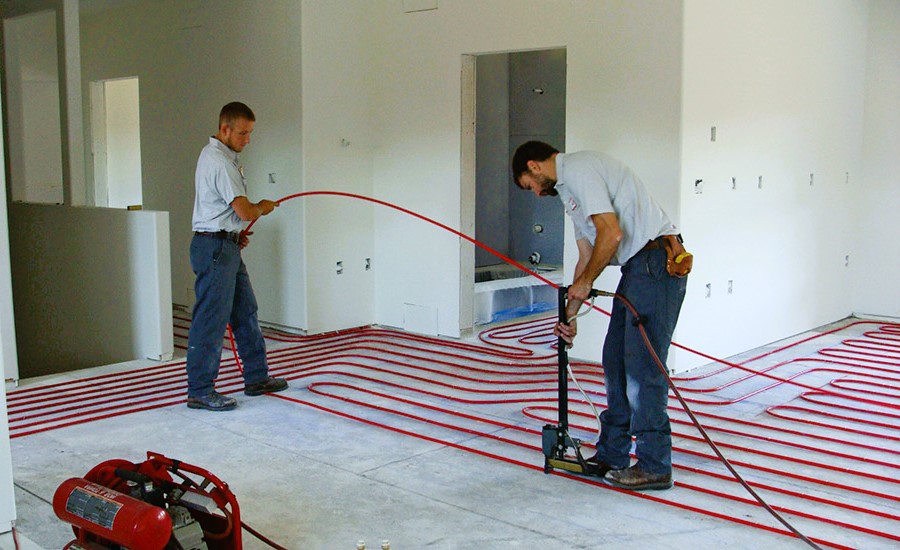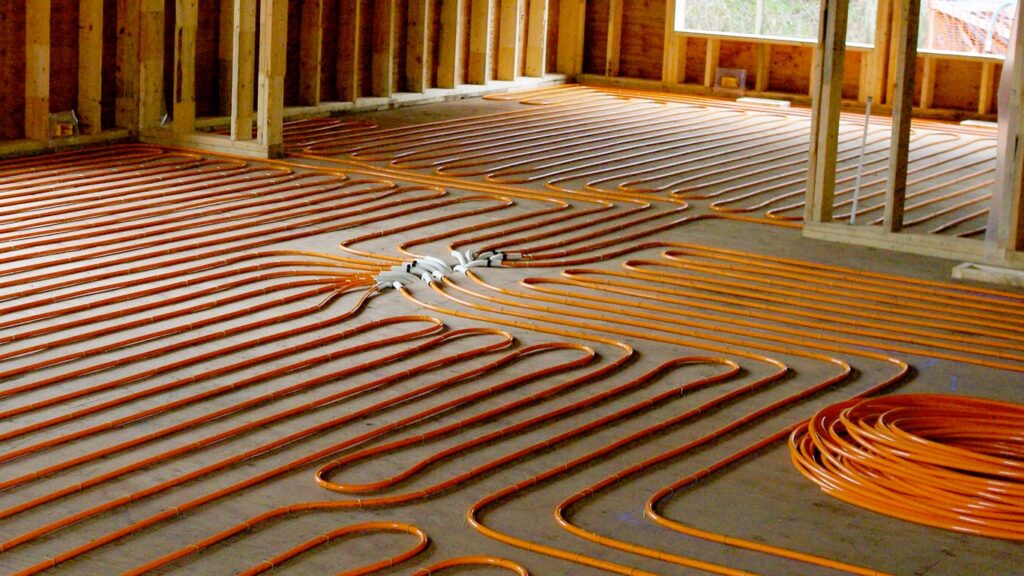
Hydronic Radiant Floor Heating: Comfort Meets Efficiency
In the world of modern heating systems, the quest for comfort and energy efficiency has led to innovative solutions that go beyond traditional forced-air systems. One such solution that has gained prominence in recent years is hydronic radiant floor heating. This technology combines comfort, energy efficiency, and sustainability, offering a unique way to heat residential and commercial spaces. In this article, we will delve into the world of hydronic radiant floor heating, exploring how it works, its benefits, and its role in providing a warm and efficient environment.
The Comfort of Radiant Floor Heating
Radiant floor heating has a history dating back to ancient civilizations, where it was used to heat Roman bathhouses. The fundamental concept behind radiant heating is the transfer of heat directly from a warm surface to the objects and people in a room. Unlike traditional forced-air systems that heat the air first, radiant floor heating focuses on heating the surfaces within a space.
Hydronic radiant floor heating is a form of radiant heating that uses hot water running through pipes or tubes installed within the floor. The heat radiates upward, creating a comfortable and consistent warmth. The comfort aspect of this heating method is undeniable, as it eliminates cold spots and provides a pleasant, even temperature throughout a room.
How Hydronic Radiant Floor Heating Works

Hydronic radiant floor heating operates on a simple yet effective principle. Here’s how it works:
- Heat Source: A boiler or water heater is used to heat water to a specific temperature.
- Distribution: The hot water is then circulated through a network of pipes or tubes installed within the floor. These pipes are typically made of durable materials like cross-linked polyethylene (PEX).
- Heat Emission: The heated pipes release thermal energy into the floor, warming the flooring material.
- Radiant Heat: The warmth generated within the floor is then radiated upward, warming the objects and occupants in the room.
- Thermostatic Control: A thermostat is used to regulate the water temperature, maintaining the desired room temperature.
- Zoning: Multiple zones can be created within a building, each with its thermostat, allowing for personalized temperature control in different areas. Did you like the article? Read also about Smart thermostats – precision control for environmentally friendly heating.
Benefits of Hydronic Radiant Floor Heating
Hydronic radiant floor heating offers numerous advantages that have contributed to its growing popularity:
- Uniform Comfort: Radiant floor heating provides even warmth throughout a room, eliminating cold spots and temperature fluctuations.
- Energy Efficiency: Radiant systems are highly efficient because they don’t waste energy heating the air, as forced-air systems do. The heat is directed where it’s needed, reducing energy consumption.
- Space-Saving: Radiant floor heating eliminates the need for bulky radiators or ductwork, maximizing usable floor space.
- Improved Indoor Air Quality: Because radiant heating doesn’t rely on air circulation, it reduces the distribution of allergens and dust, leading to better indoor air quality.
- Silent Operation: Radiant systems operate silently, without the noise associated with forced-air systems.
- Zoning Flexibility: The ability to create multiple heating zones offers precise temperature control in different areas, allowing for personalized comfort.
- Low Maintenance: Radiant systems are low-maintenance, with fewer components that can wear out or require servicing.
- Longevity: When properly installed and maintained, radiant heating systems have a long lifespan.
- Sustainability: Using efficient boilers and renewable energy sources to heat the water can make radiant heating a sustainable choice.
Government Standards and Regulations

To ensure the safety and efficiency of hydronic radiant floor heating systems, various government standards and regulations are in place. These standards cover aspects such as equipment efficiency, installation practices, and safety measures.
In Canada, for instance, the Canadian Standards Association (CSA) provides standards for hydronic heating systems to ensure their reliability and safety. Compliance with these standards is essential to guarantee the quality and performance of such systems.
Conclusion
Hydronic radiant floor heating is a remarkable blend of comfort, energy efficiency, and sustainability. It offers a unique and effective way to heat residential and commercial spaces while creating a consistently warm and inviting environment. As we continue to prioritize energy efficiency and sustainable living, hydronic radiant floor heating stands as a shining example of how technology can enhance our comfort and reduce our carbon footprint.
For more information on hydronic radiant floor heating and relevant standards and regulations, you can refer to Canada.ca, where you can find valuable resources and guidelines. Embracing the comfort and efficiency of radiant floor heating is a significant step toward creating a warm and sustainable future for our buildings and the environment.
